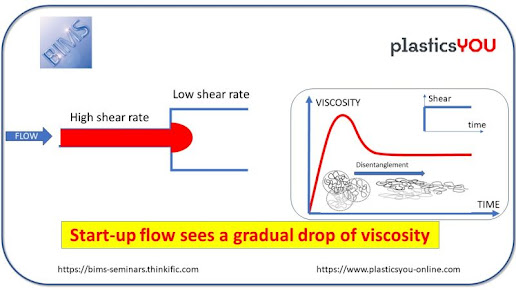Teknor Apex at Interwire 2013: To Unveil Rubber-like Medical Grade TPE Wire & Cable Compounds
Three new thermoplastic elastomer (TPE) wire and cable compounds from Teknor Apex Company combine the rubber-like durability and flexibility valued by hospital and clinical professionals and the high degree of purity required for meeting stringent medical standards, the company recently announced. Teknor Apex will introduce the compounds at Interwire 2013, April 22-25, (Booth 406).
Medalist® 8421, 8431, and 8451 elastomers can be used for insulation, jacketing, and molded fittings and connectors. They have Shore A hardness levels of 92, 69, and 82, respectively, a flammability classification of HB (UL-94), and a maximum continuous operating temperature rating of 105 °C (UL-1581). The three compounds retain high levels of tensile strength, tensile modulus, and elongation after autoclave, gamma irradiation, and EtO sterilization. They are resistant to the cleaning solutions commonly used in medical facilities.
The new TPEs are analogs to specific Elexar® non-medical wire and cable compounds from Teknor Apex and provide comparable properties, but they are manufactured in an ISO-13485 facility dedicated to Medalist medical elastomers. Medalist® 8421, 8431, and 8451 compounds pass ISO-10993-5 cytotoxicity testing, are RoHS- and REACH- compliant, and are free of animal-derived materials, phthalates, and latex proteins.
"The new Medalist elastomers for wire and cable provide rubber-like toughness and elasticity and, unlike rubber, are readily recycled," said Keith Saunders, senior market manager for the Thermoplastic Elastomer Division of Teknor Apex. "As alternatives to PVC, Medalist compounds exhibit practical handling advantages in surgical or clinical settings, including superior 'drapability' for reduced cable clutter, better elastic memory in coil cords, and a softer, more supple feel."
Source: Teknor Apex
Medalist® 8421, 8431, and 8451 elastomers can be used for insulation, jacketing, and molded fittings and connectors. They have Shore A hardness levels of 92, 69, and 82, respectively, a flammability classification of HB (UL-94), and a maximum continuous operating temperature rating of 105 °C (UL-1581). The three compounds retain high levels of tensile strength, tensile modulus, and elongation after autoclave, gamma irradiation, and EtO sterilization. They are resistant to the cleaning solutions commonly used in medical facilities.
The new TPEs are analogs to specific Elexar® non-medical wire and cable compounds from Teknor Apex and provide comparable properties, but they are manufactured in an ISO-13485 facility dedicated to Medalist medical elastomers. Medalist® 8421, 8431, and 8451 compounds pass ISO-10993-5 cytotoxicity testing, are RoHS- and REACH- compliant, and are free of animal-derived materials, phthalates, and latex proteins.
"The new Medalist elastomers for wire and cable provide rubber-like toughness and elasticity and, unlike rubber, are readily recycled," said Keith Saunders, senior market manager for the Thermoplastic Elastomer Division of Teknor Apex. "As alternatives to PVC, Medalist compounds exhibit practical handling advantages in surgical or clinical settings, including superior 'drapability' for reduced cable clutter, better elastic memory in coil cords, and a softer, more supple feel."
Source: Teknor Apex



Comments
Post a Comment